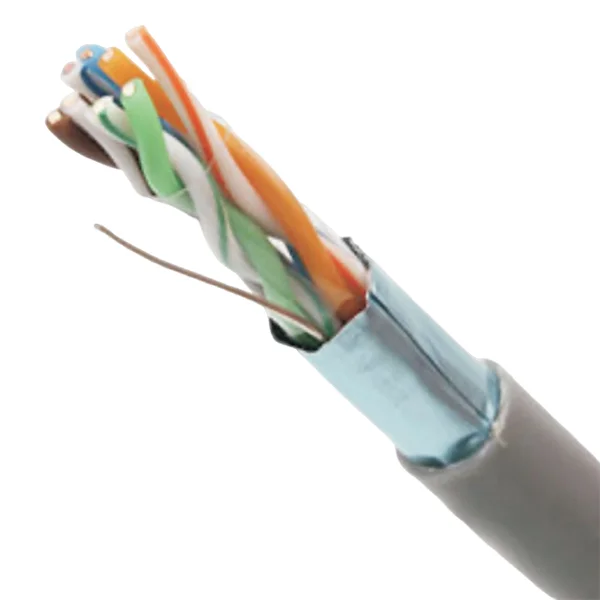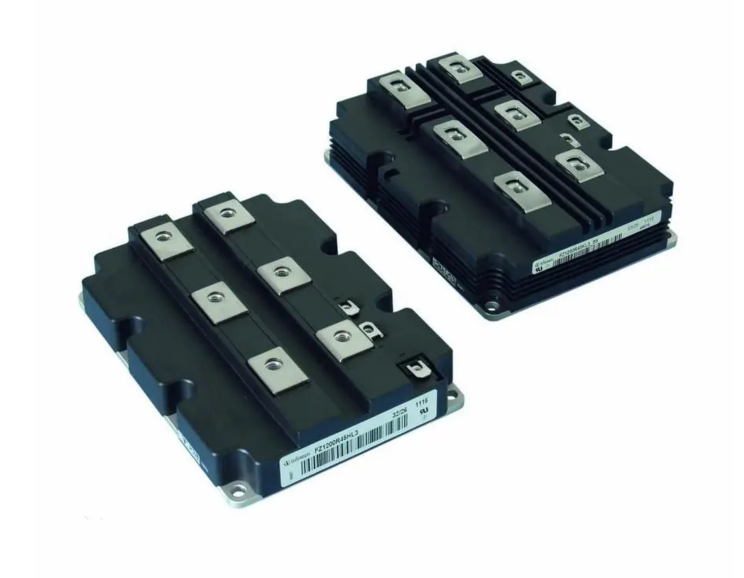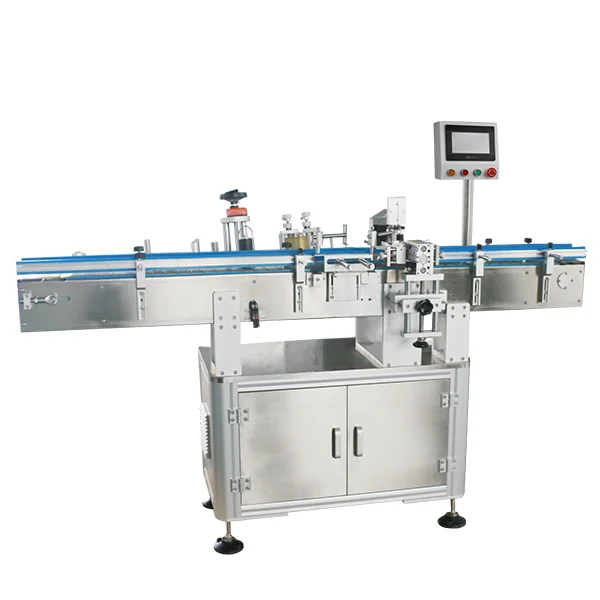Essential Building Blocks of Electronics: A Deep Dive into Basic Electronic Components
In the ever-evolving world of electronics, understanding the fundamental components is crucial for anyone looking to design, build, or repair electronic devices. Whether you are a seasoned engineer or a novice hobbyist, a solid grasp of basic electronic components can significantly enhance your projects and innovations. This article delves into the essential electronic components, their functions, and applications, providing a comprehensive overview that aligns with the latest industry standards and practices.
- Resistors: The Current Controllers
Resistors are one of the most fundamental components in electronic circuits. Their primary function is to limit the flow of electric current, ensuring that other components receive the appropriate voltage and current levels. Resistors are characterized by their resistance value, measured in ohms (Ω), and can be found in various forms, including fixed, variable (potentiometers), and specialized types like thermistors and photoresistors.
Applications:
- Voltage Division: Resistors can create voltage dividers, allowing for specific voltage levels to be tapped from a power source.
- Signal Conditioning: In analog circuits, resistors are used to shape and filter signals, ensuring optimal performance in audio and communication devices.
- Capacitors: The Energy Storage Units
Capacitors store and release electrical energy, making them essential for various applications in electronic circuits. They consist of two conductive plates separated by an insulating material (dielectric). The capacitance value, measured in farads (F), determines how much charge a capacitor can store.
Applications:
- Smoothing Power Supplies: Capacitors are used in power supply circuits to smooth out voltage fluctuations, providing stable power to sensitive components.
- Timing Circuits: In combination with resistors, capacitors can create timing circuits, which are crucial in applications like oscillators and timers.
- Inductors: The Magnetic Field Creators
Inductors are passive components that store energy in a magnetic field when electrical current flows through them. They are typically made of coils of wire and are measured in henries (H). Inductors oppose changes in current, making them vital for filtering and energy storage applications.
Applications:
- Filters: Inductors are commonly used in low-pass and high-pass filters, allowing specific frequency ranges to pass while blocking others.
- Transformers: Inductors are fundamental in transformer design, enabling voltage conversion in power distribution systems.
- Diodes: The Current Direction Controllers
Diodes are semiconductor devices that allow current to flow in one direction while blocking it in the opposite direction. This property makes them essential for converting alternating current (AC) to direct current (DC), a process known as rectification.
Applications:
- Rectifiers: Diodes are used in power supply circuits to convert AC to DC, ensuring that electronic devices receive the correct type of current.
- Signal Demodulation: In communication systems, diodes can demodulate signals, extracting information from carrier waves.
- Transistors: The Signal Amplifiers and Switches
Transistors are semiconductor devices that can amplify electrical signals or act as switches. They are the building blocks of modern electronic circuits, enabling complex functionalities in devices ranging from computers to smartphones. Transistors come in various types, including bipolar junction transistors (BJTs) and field-effect transistors (FETs).
Applications:
- Amplification: Transistors are used in audio amplifiers to boost sound signals, ensuring high-quality audio output.
- Digital Logic: In digital circuits, transistors serve as switches, forming the basis of logic gates and microprocessors.
- Integrated Circuits (ICs): The Miniaturized Systems
Integrated circuits are assemblies of multiple electronic components, including resistors, capacitors, and transistors, fabricated onto a single chip. They have revolutionized electronics by enabling complex functionalities in a compact form factor.
Applications:
- Microcontrollers: ICs are used in microcontrollers, which serve as the brains of various electronic devices, from household appliances to automotive systems.
- Signal Processing: Specialized ICs are designed for signal processing tasks, enhancing the performance of audio, video, and communication systems.
Conclusion: The Foundation of Electronic Innovation
Understanding basic electronic components is not just about knowing their functions; it is about appreciating how they interact within a circuit to create complex systems. As technology advances, the role of these components becomes increasingly vital, driving innovation in fields such as robotics, telecommunications, and renewable energy. By mastering these foundational elements, engineers and hobbyists alike can contribute to the exciting future of electronics.



